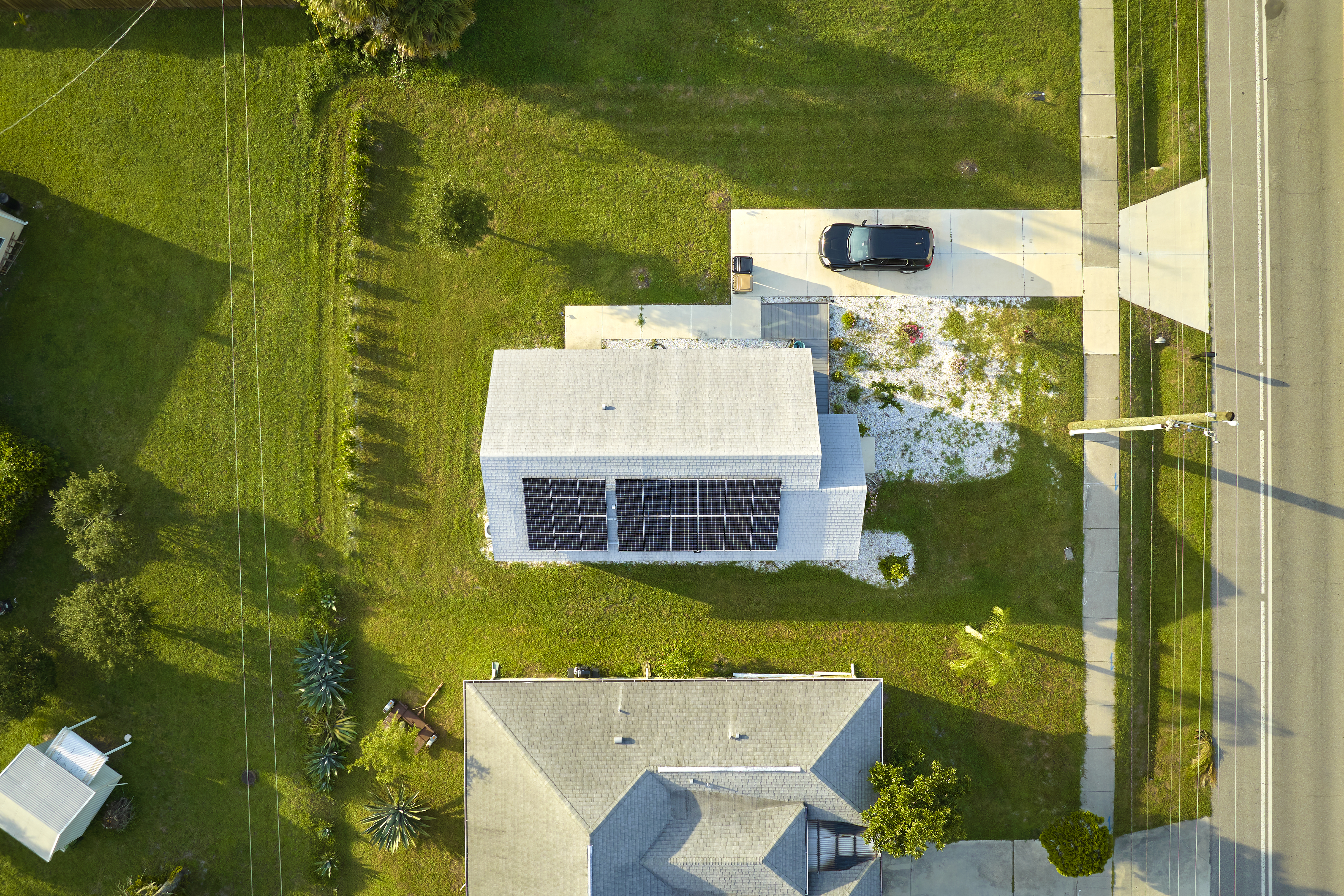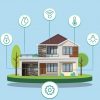🔌 Heat Pumps and Power Grid: A Smarter Energy Partnership
Heat pumps are often praised for their energy efficiency and role in reducing carbon emissions. But with the rise of solar panels, smart meters, and demand-side management, the heat pump and power grid connection is emerging as a key component in building a more flexible and resilient energy system.
Recent blackouts, like the one in Spain a few days ago, highlight the need for more intelligent infrastructure. Can heat pumps actually support the power grid in times of stress? The answer is yes — and here’s how.
🔋 Heat Pumps as Flexible Loads
Modern heat pumps, especially inverter-driven ones like Tongyi’s R290 series, can modulate their power use in real time. This makes them ideal for optimizing the heat pump and power grid interaction. Key benefits include:
- Demand Response: Reducing or shifting energy use when the grid is under stress.
- Time-of-Use Optimization: Running when electricity is cleaner or cheaper (e.g. mid-day solar surplus).
- Peak Shaving: Avoiding operation during peak hours helps stabilize the grid and prevent overload.
These features make heat pumps a valuable asset in the evolving smart grid landscape.
☀️ 2. Synergy with Solar Power
When paired with photovoltaic (PV) panels, heat pumps can:
- Consume local solar energy, reducing pressure on the grid.
- Act as thermal batteries, storing energy as hot water or space heating during sunny hours.
- Lower grid dependency, especially when combined with smart scheduling and weather forecasting.
In this way, the heat pump and power grid partnership helps integrate renewable energy while reducing the need for fossil-fueled “peaker” plants. The result is a cleaner, more stable power system for all.

⚠️ 3. Heat Pumps and Blackouts: What Happens?
While a heat pump alone can’t operate during a blackout (unless connected to battery storage), it can still play a vital role in preventing blackouts and managing recovery:
- Pre-Blackout Relief: By adjusting energy demand during peak times, heat pumps reduce grid stress before a failure occurs.
- Smooth Recovery: Unlike fossil fuel systems that may require manual restarts, smart heat pumps can resume operation quickly after an outage.
- Microgrid Integration: In setups where solar panels and batteries are included, heat pumps become part of a resilient home energy system, capable of functioning off-grid temporarily.
This makes the heat pump and power grid relationship crucial not only during daily use but also in emergency scenarios.
🔄 4. The Future: Grid-Interactive Heat Pumps
As Europe and Asia accelerate smart grid deployment, the heat pump and power grid connection is evolving into something even more dynamic:
- Bi-directional Communication: Heat pumps will soon respond to signals from the grid automatically.
- Financial Incentives: Users may receive rewards for allowing utilities to adjust their heat pump’s power use during demand peaks.
- Virtual Power Plants (VPPs): Entire neighborhoods of heat pump-equipped homes can be grouped to function like mini power plants — balancing supply and demand in real time.
Tongyi is already preparing for this future with IoT-ready R290 models designed to fit seamlessly into tomorrow’s smart energy infrastructure.
The heat pump and power grid relationship goes far beyond efficient heating and cooling. It’s a critical part of the transition to a decentralized, low-carbon energy system. When integrated with solar panels, smart inverters, and intelligent control systems, heat pumps help stabilize the grid, reduce carbon emissions, and build resilience — even in the face of unexpected blackouts.
At Tongyi, we’re proud to lead the way with solutions that don’t just keep you warm — they help power a smarter, more sustainable world. #notjustaheatpump












